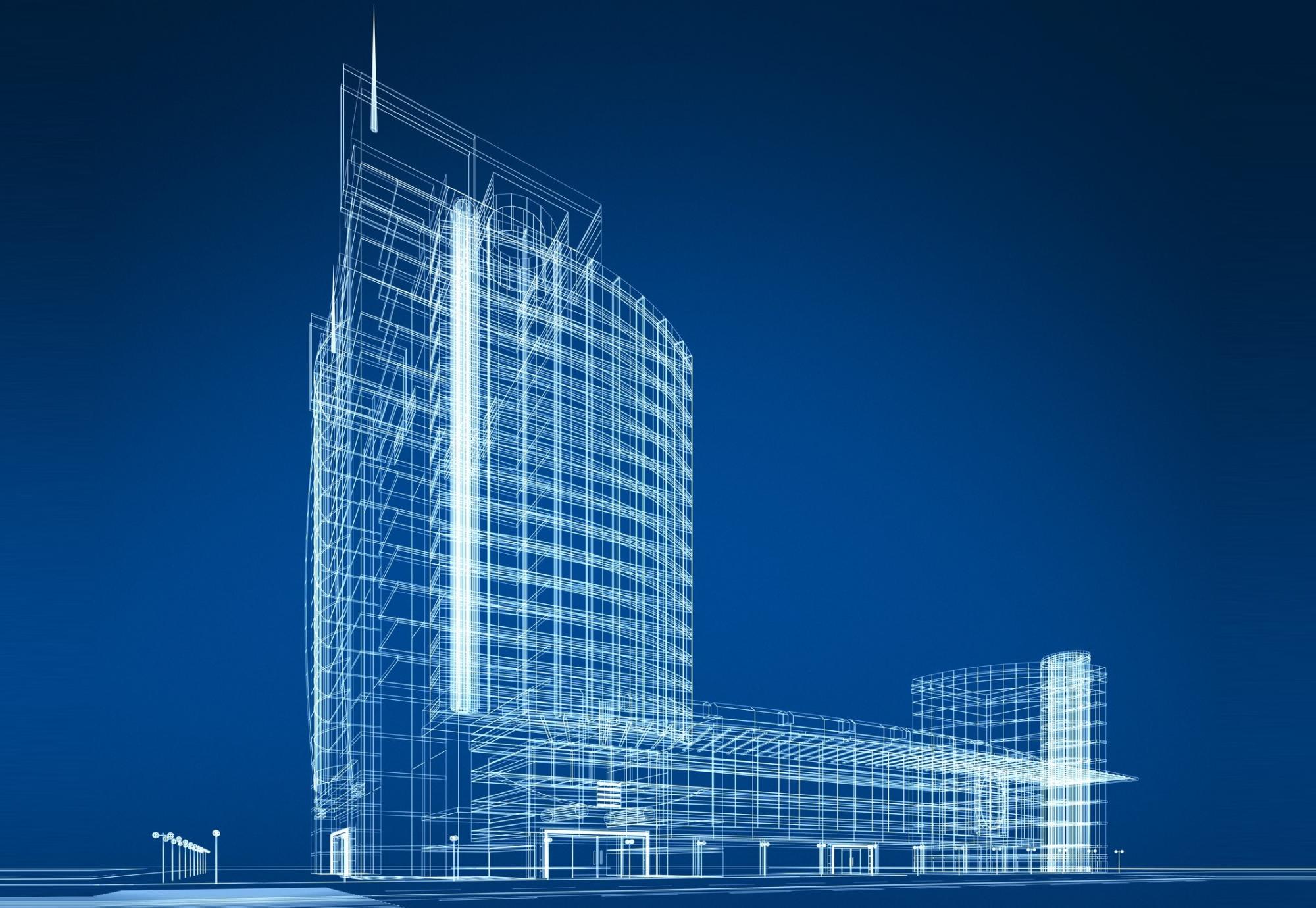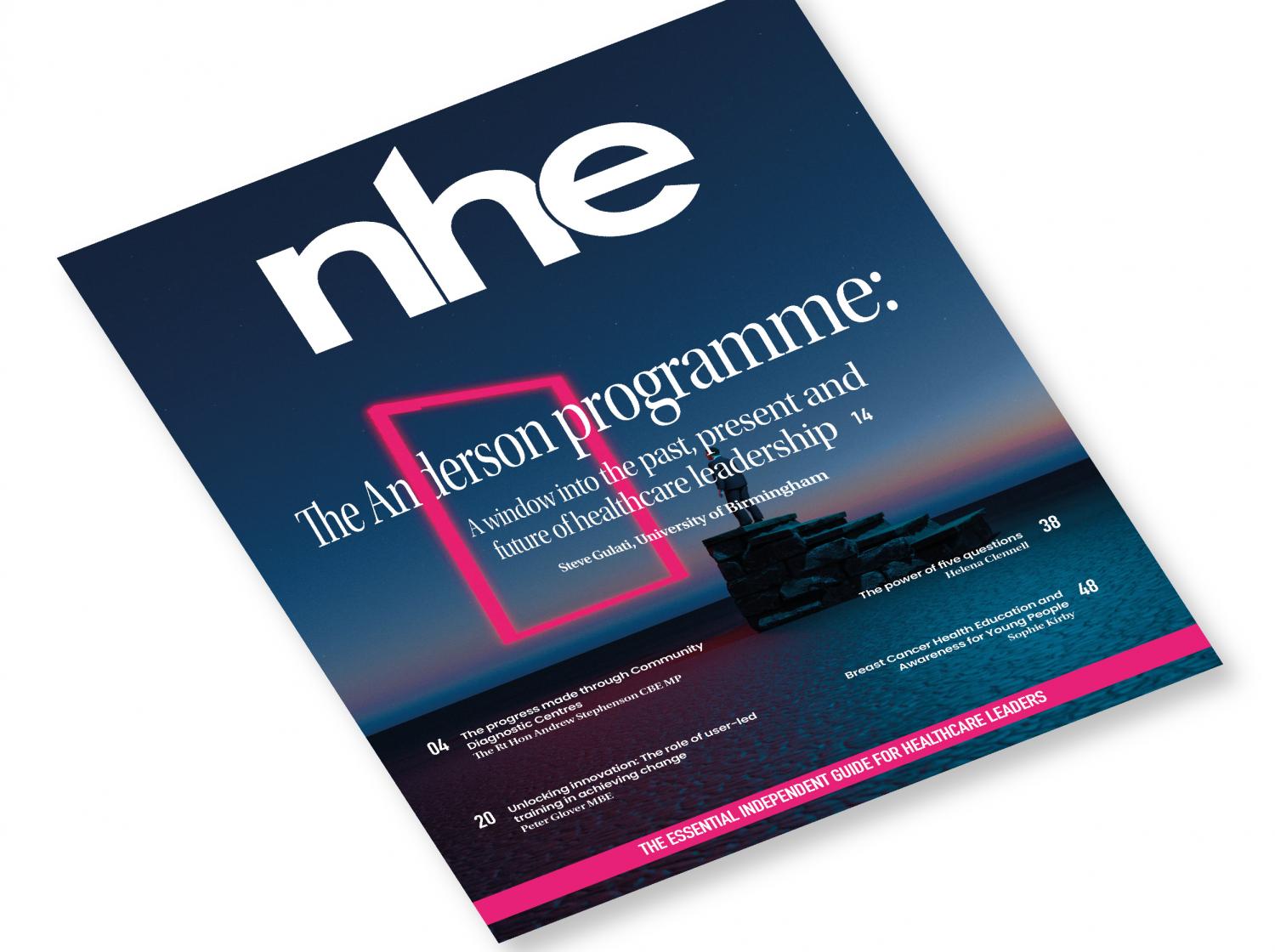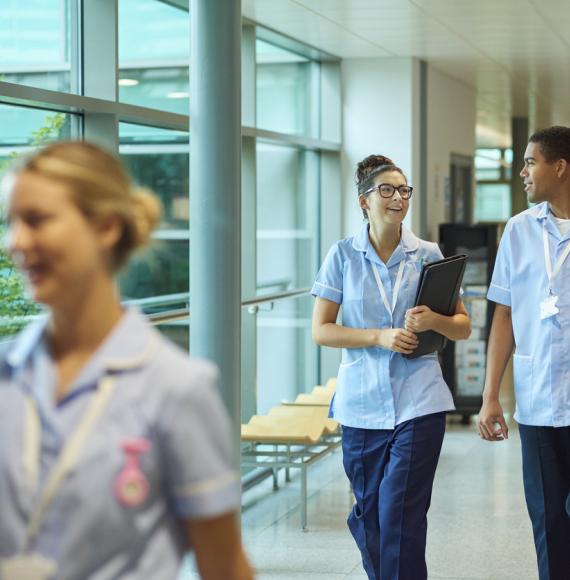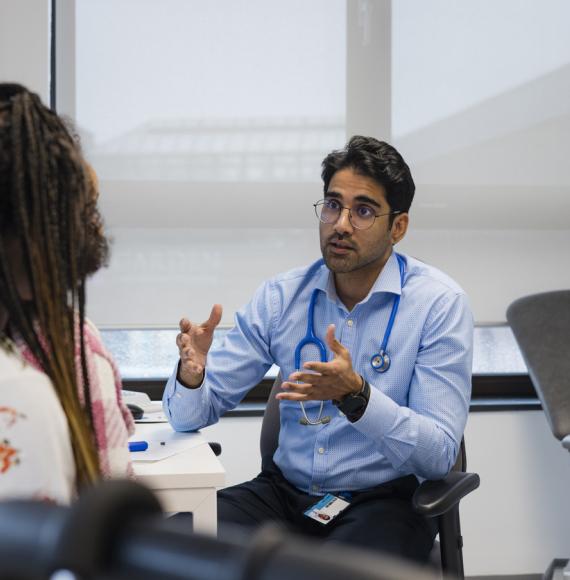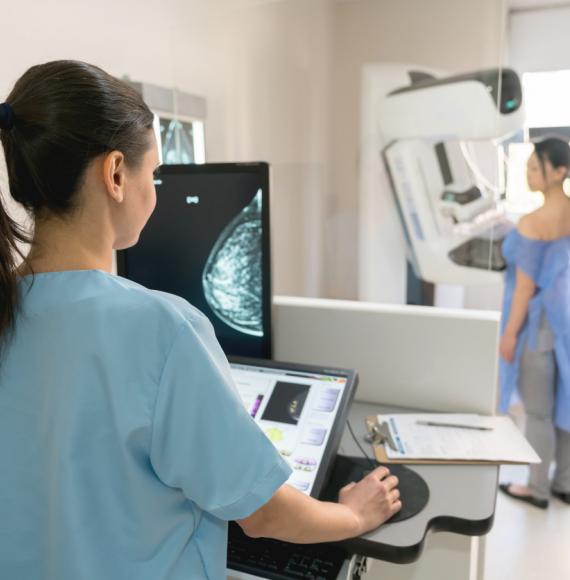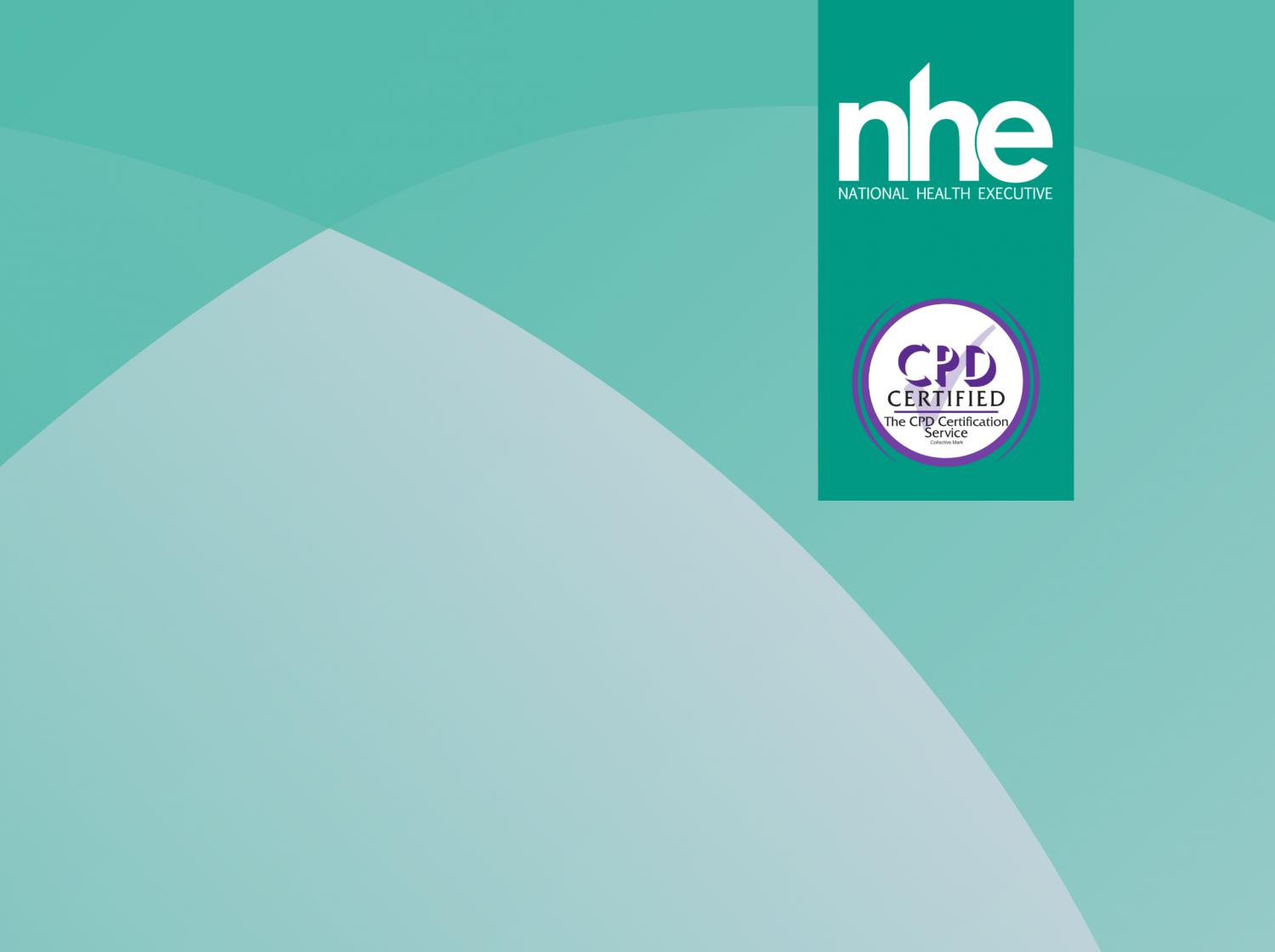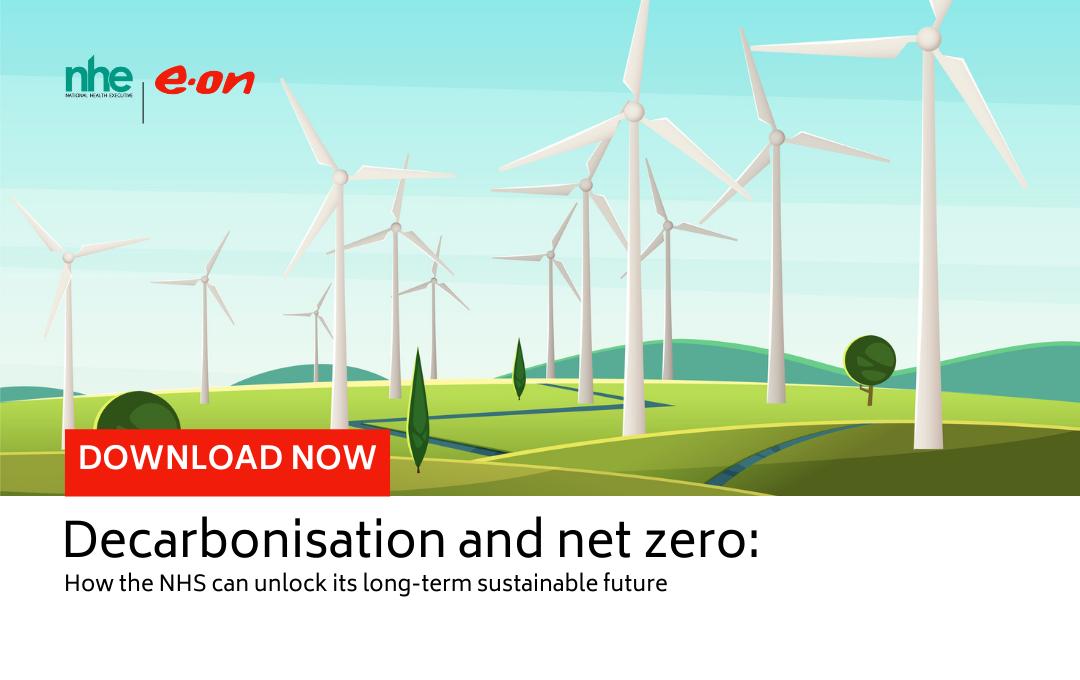This week Navenio has secured a £400,000 UKRI grant for its ‘Intelligent Workforce Solution’ (IWS), to mitigate the impact of Covid-19 on healthcare systems and provide hospitals with infrastructure-free indoor location solutions, similar to GPS in the outdoor world.
The investment will help accelerate the processing of maps by further automating feature extraction and the processing of floorplans. By extending the IWS functionality, hospitals are able to accommodate for a rising demand for cleaning, infection control risk assessment, and gatekeeping of patients’ movements, which will be critical in managing Covid-19.
Whilst it is often taken for granted when stepping into a hospital that someone, somewhere, has a deep working knowledge of the inside world within, for most of the general public their trips will be infrequent and the inside of a hospital will feel like a maze. Asking at an information desk or a porter you see walking down a hallway will usually get you moving in the right direction. The same however, can’t be said for the hospital staff that may walk from one corner to the next on a daily basis.
Finding the quickest, most efficient, and in times of Covid-19, the safest route is not always an easy job, as existing hospital maps are often inconsistent. For example, the extension of a hospital wing last year might sport a rather different map to the other wings of the building that were last updated in the 1950s. Some sites will have incredibly simple drawings, while others will have overly detailed CAD drawings, which are themselves conflicting as they can be in the form of 2D or 3D prints.
More needs to be done, and can be done to allow for smoother travel around these vast sites. During the current pandemic, this will help ease the pressure on hospital staff and allow them to do their job to the best of their ability.
The need for real time maps
With maps not covering the whole hospital, the question is, will an out of date map become a minor inconvenience or a serious problem? Unfortunately, in many cases, the lack of proper mapping results in significant challenges.
If the building is large, like that of a hospital, where movement of patients might be limited to a certain wing or department, the ability to rely on an up to date map of the area is highly valuable. Maps can be useful to quickly identify an area of a building that a team member might need to get to or may not be allowed in. During the peak of Covid-19, this was vital when areas needed to be sectioned off for those critically ill with the virus, and equally important that staff knew whether they were meant to be in the area or not. As the UK is now experiencing a second lockdown these features will once again prove crucial in supporting hospital teams that may find themselves with a higher number of patients than usual.
The power of virtual maps
As the world looks to adapt to a new working normal post Covid-19, technologies are emerging that will transform our professional habits. Top of the list are safety measures that will reduce the spread of the virus in office spaces, such as touchless operated doors, and anti-bacterial materials to reduce the spread on surfaces like desks and chairs. It is great to see that buildings are putting in place visible touches to make indoor environments more secure. But what about the underlying issues and strategic challenges that go unsolved? As we move forward, and become more reliant on technology, old buildings such as hospitals will have to come up to speed too. And those in charge of these indoor environments will need to start investing in software.
Virtual mapping will continue to revolutionise the way we interact with our indoor environments. Like GPS did for the outdoor world, mapping technology can create accurate and up to date real-world experience maps of highly complex and often unconnected environments. Previously, management in hospitals has had to fit buildings with infrastructure that can be used to help navigate their sites. Yet crowd-sourced data now available from apps on mobile phones removes this need while providing data from teams that make their way around buildings and can be used to create virtual maps of these tricky buildings. Navenio’s Location-only app can provide details on the presence and proximity of a member of staff to an area, which not only streamlines operations but can be analysed further to inform wider decision-making.
Corridor closures, or installations of new exits and entrances will be quickly identified, and issues associated with presiding ‘infrastructure-heavy’ technology like faulty sensors that need changing and are hard to spot and labour intensive to change, will be eradicated. The need for physical building maps will be removed, and in their place, experience maps that tell a far more detailed story of how and where users interact with their indoor environment, will replace them.
---
The future of buildings such as hospitals is already changing for the better. Mapping technology that enhances strategy and improves efficiency of teams is being deployed to great effect. Teams that used to travel all over a site, are now required to do so based on location, allowing a system of ‘right person, right place, right time’ to take centre stage, and improving the patient experience at the same time. Navenio’s IWS has a dramatic effect on efficiency and productivity, doubling the amount of work being completed by multiple teams in hospitals. Virtual mapping is the way forward in re-energizing buildings and offering a more efficient, safer environment too.

